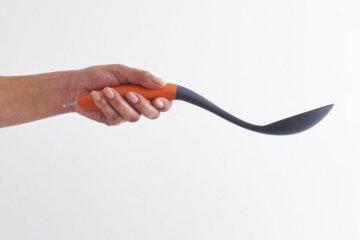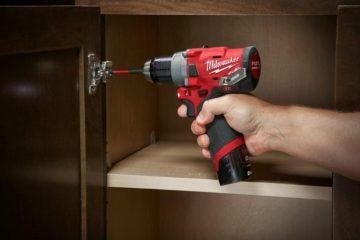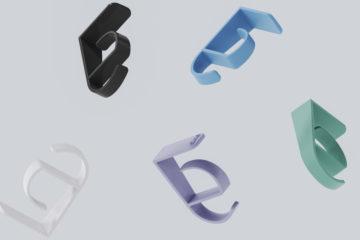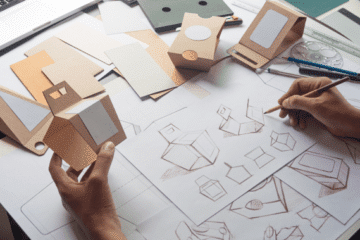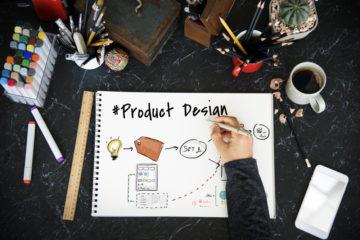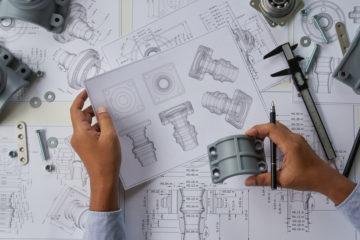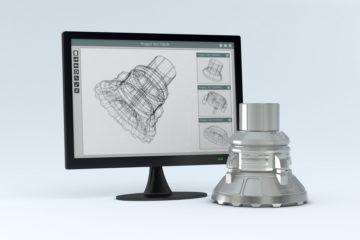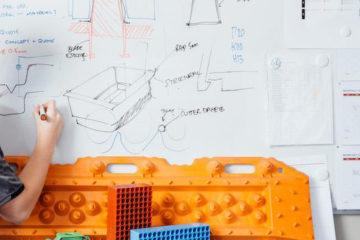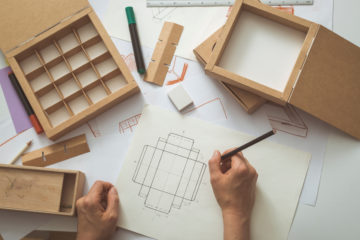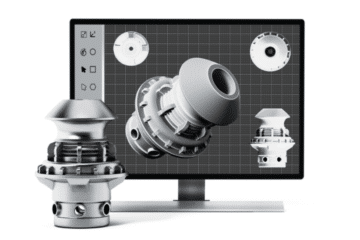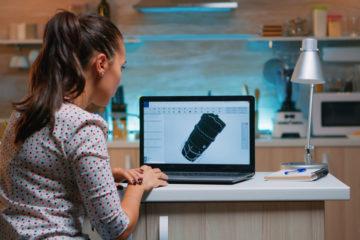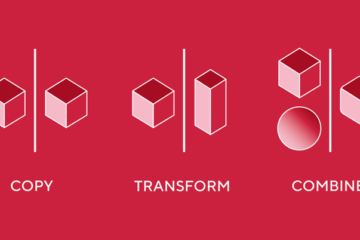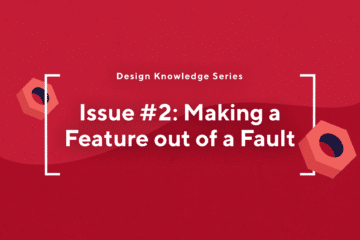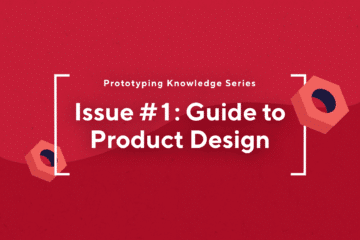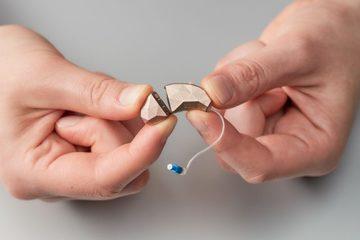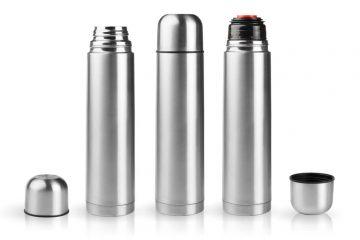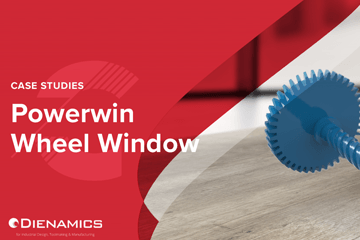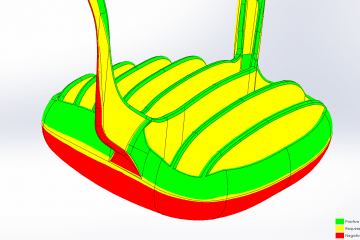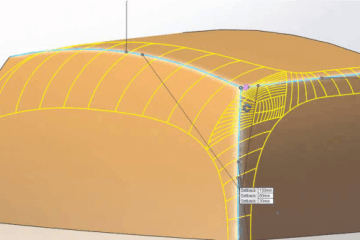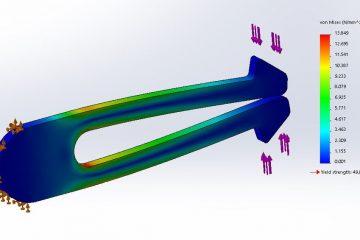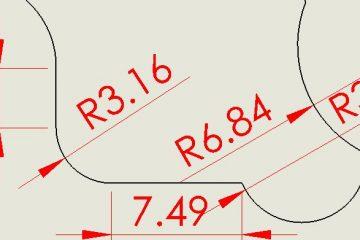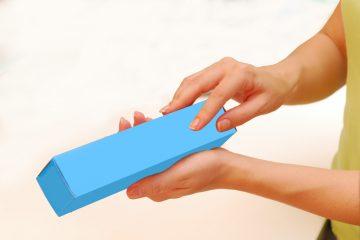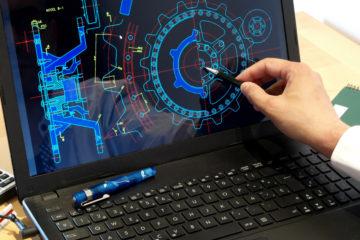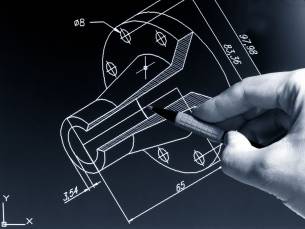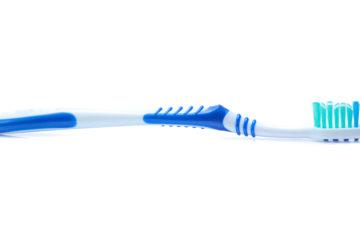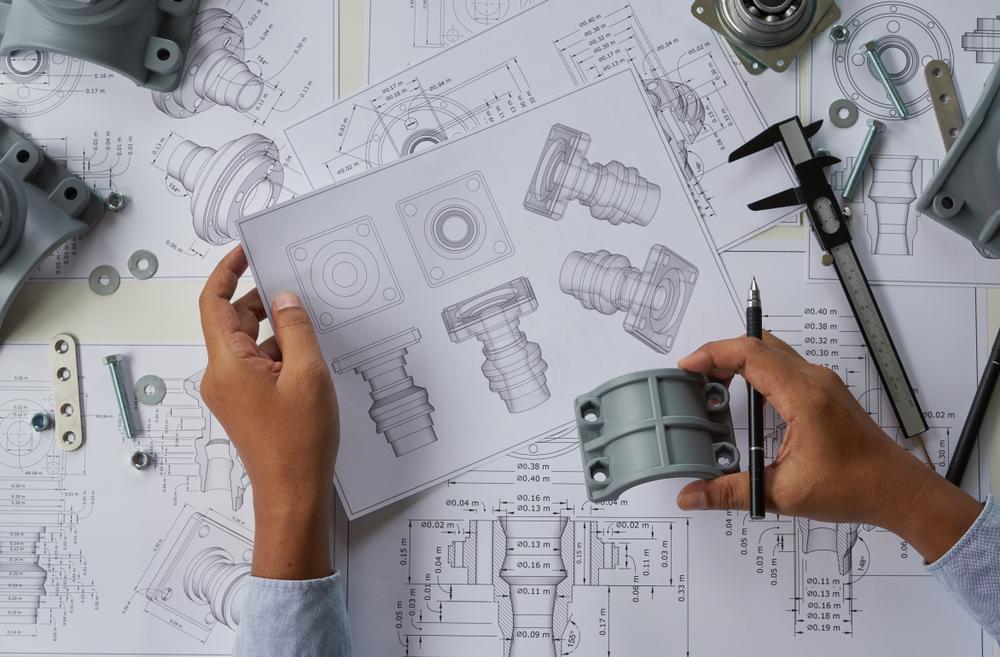
When you envision your product what do you see? Is it smooth with a reflective surface? Does it have a rough surface to help you grip it? Product textures have an important role to play in product design.
It is important to communicate how you envision your product with your designer, as it can affect how the part is designed and manufactured. For a more extensive explanation of what to think about and discuss with your designer before the design phase, see our How to get your Product Idea Designed blog.
What you need to know about product textures
Product textures can be used for a multitude of purposes, like improving the product appearance, enhanced strength and adhesion and improving the feel of the product. With the addition of textures you can also easily mask imperfections in products, especially when used as camouflage for flow lines, sinks, or part lines. Surface texture can also help your part withstand contact damage while shipping, as well as possible smudges from fingerprints.
Product finishes can range from high gloss (smooth and shiny) to a rough and textured finish. Because there are so many possible surface finishes, there is an SPI grade for each possible texture.
Surface finishes are broken up into 4 standard divisions. These include:
- High gloss – Best for lenses and mirror-like finishes. Smoothest surface for function or cosmetic purposes. This texture is normally created by buffing the mould using a fine diamond powder that is suspended in oil. This category includes SPI grades of A-1, A-2 and A-3.
- Semi-gloss – Best for when visual appearance is needed but doesn’t require a high gloss. This texture is created by polishing the mould with an ultra-fine grit sandpaper. This category includes SPI grades of B-1, B-2 and B-3.
- Matte – Best for low visual requirements, but good for covering up machining marks left on the surfaceThis texture is created by polishing the mould surface with fine stone powders. This includes SPI grades of C-1, C-2 and C-3.
- Textured – Best for when a satin or dull finish is required. This texture is created by first smoothing the mould with fine stone powder, then dry blasting the surface with aluminium oxide or photo etching the surface. This includes SPI grades of D-1, D-2 and D-3.
EDM Finishes
Electrical Discharge Machining (EDM) finishes are also an option for your parts. This process consists of using an electrode to remove material, and by doing this you can etch the desired texture into the surface. This cannot provide photo etched textures, so that will need to be done custom. Because the process only requires an electrode, we can do this in-house at any point of the tooling stage, whereas photo etched textures must be done when the tool is being made.
The general cost/lead time is highest for glossy finishes and goes down until its lowest at machined and EDM finishes. It’s also important to remember that certain plastics work more effectively for certain finishes. Likewise, the higher grade your tool is, the better the potential surface finish will be and the longer that surface finish will last.
The thicker the texture, the larger the amount of draft the surface needs to have. Each texture has a certain depth and minimum draft it must have to be capable of exiting the mould.
Here at Dienamics, we have 25 years of experience in tooling and textures, as well as assisting clients with these important decisions. There are a lot of textures to choose from and it can be daunting, but it’s important to work out what you want your product to look like so we can design the best product for you.
We even have a more extensive and explained array of textures in-house to help you see what you would get in person. For more information on draft, and how it works, make sure to read our All about Draft in Product Design blog.
Need to get your product designed?
At Dienamics, we offer a range of comprehensive services in every step of the product manufacturing process. These include:
- Product design, including concept assessment and project scoping
- Prototyping and process and materials testing
- Manufacturing, injection moulding, production, assembly, and packaging
Contact us today if you have a product you’re looking to get designed & manufactured!
Subscribe to Our Newsletter
Get the latest news from Dienamics into your inbox







